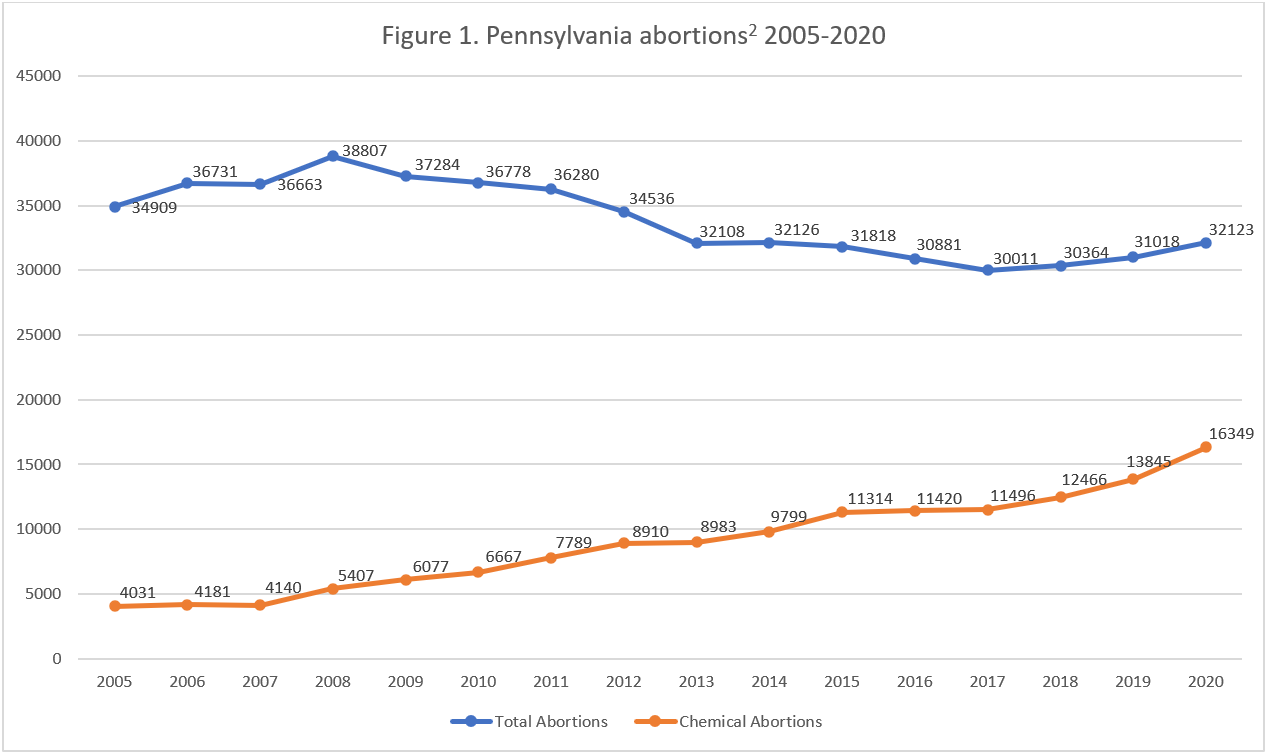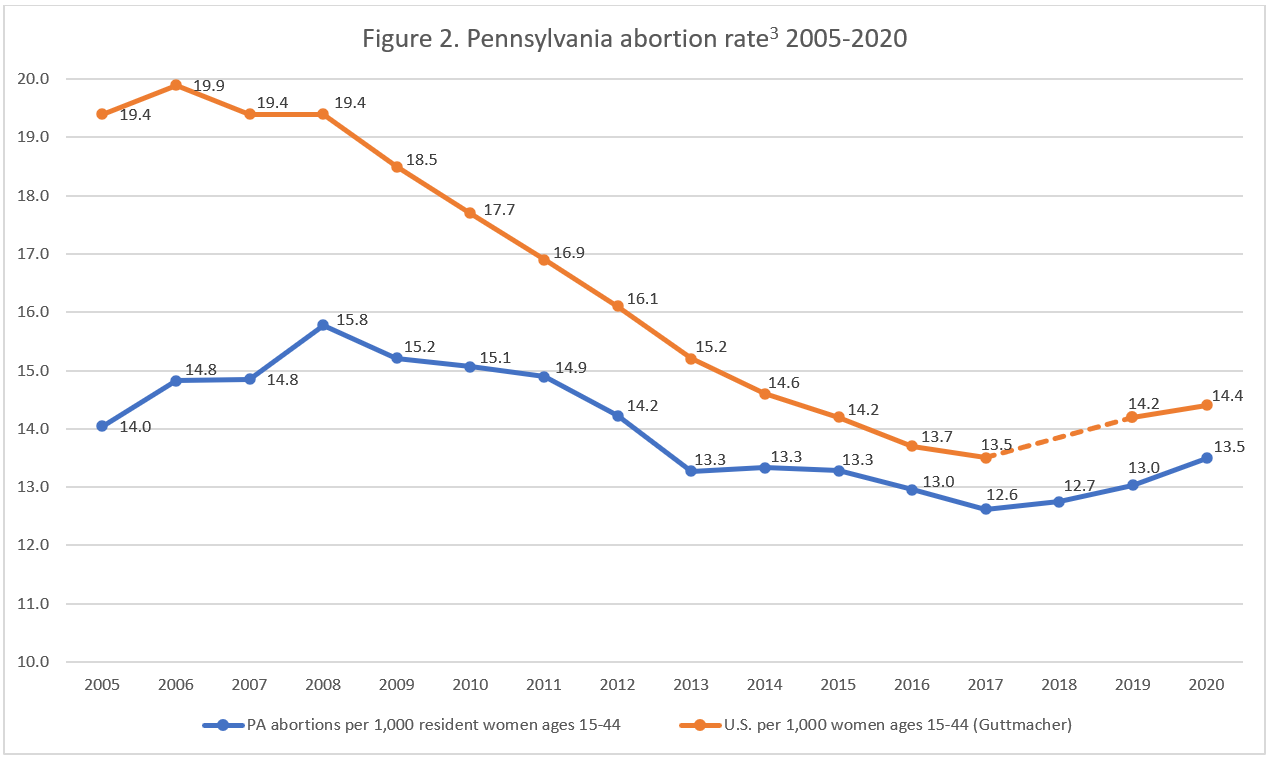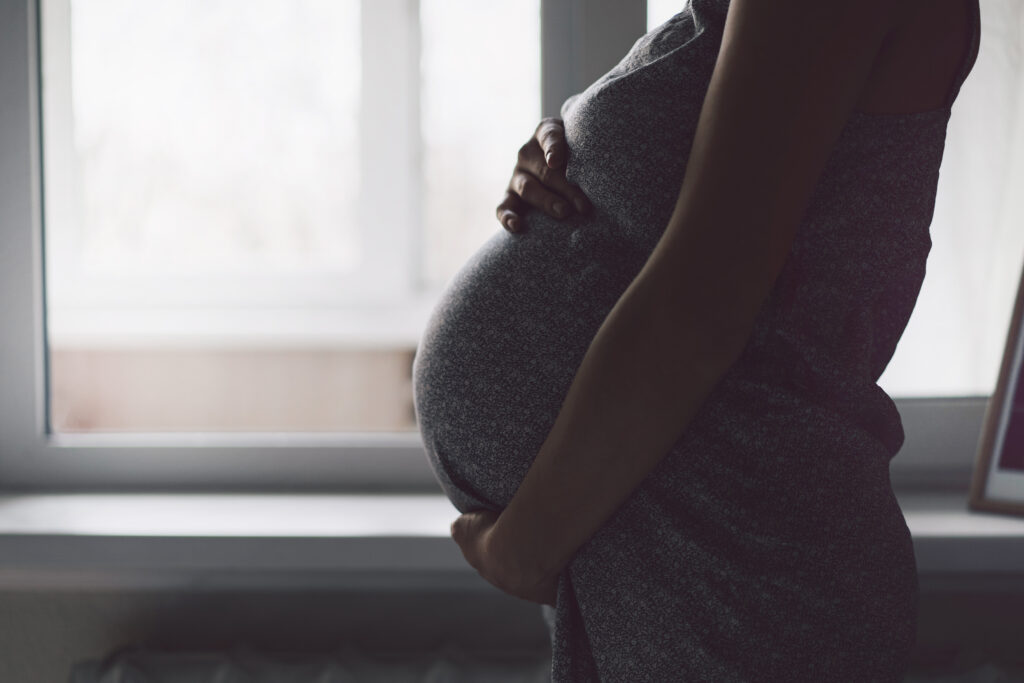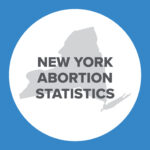Abortion Reporting: Pennsylvania (2020)
Pennsylvania’s 2020 abortion report was published online by the Pennsylvania Department of Health in December 2021. The report shows that abortions increased from the previous year.
Changes in Pennsylvania Abortions, 2019-2020

The report does not include information on Planned Parenthood’s Pennsylvania abortion market share.
Abortion Totals and Trends
There were 32,123 abortions reported in Pennsylvania in 2020, an increase of four percent from 2019. Chemical abortions jumped by 18 percent to make up 51 percent of the total (Fig. 1). The Charlotte Lozier Institute (CLI) estimates that Pennsylvania’s abortion rate rose four percent to 13.5 abortions per 1,000 women ages 15-44, approximately the same as the national rate (Fig. 2). As of August 2022, 34 states have released 2020 abortion statistics, with 22 states reporting that abortions increased from 2019.
State Report Summary
In 2020, 93 percent of Pennsylvania abortions were performed on resident women, while seven percent were performed on women from other states, including two percent each on Delaware and Ohio women and one percent each on women from New Jersey and West Virginia.
Eight percent of Pennsylvania abortions were performed on young women under the age of 20, with two percent on girls under the age of 18. Twenty-seven percent of the abortions were obtained by women ages 20 to 24, and 31 percent were performed on women ages 25 to 29. Thirty-one percent of the abortions were performed on women in their thirties. Three percent of Pennsylvania abortions were obtained by women ages 40 and above.
Forty-six percent of Pennsylvania abortions were performed on white women, and 44 percent were on African American women. CLI estimates that Pennsylvania’s African American abortion rate, 42.1 abortions per 1,000 women ages 15 to 44, was over five times the white rate. Abortions on Asian or Pacific Islander women accounted for three percent of the total, while four percent of the abortions were performed on women of multiple races. One percent of the abortions were performed on women of other races and two percent were on women of unknown race. Eighty-nine percent of the abortions were on non-Hispanic women and 11 percent were on Hispanic women.
Eighty-eight percent of Pennsylvania abortions were obtained by unmarried women, compared to 12 percent performed on married women. Thirty-six percent of the abortions were performed on women with no previous live births, and 53 percent were on women with no prior abortions. Twenty-six percent of Pennsylvania abortions were obtained by women with one prior live birth, and 38 percent were on women with two or more births. Twenty-four percent of the abortions were performed on women with one prior abortion, and 23 percent were on women with more than one prior abortion.
Over half the abortions reported in 2020 were chemical (51 percent). Forty-four percent of the abortions were performed via suction curettage, and four percent were dilation and evacuation procedures. There were 129 abortions (0.4 percent) performed using sharp curettage. Additionally, there were five hysterectomy or hysterotomy abortions, four intra-uterine instillation abortions, and eight abortions performed using some other means.
More than two-thirds of the abortions, 68 percent, occurred at eight weeks of gestation or earlier. Fifteen percent were reported between nine and 10 weeks of gestation, and seven percent were performed between 11 and 12 weeks. Four percent occurred between 13 and 14 weeks, three percent were performed between 15 and 17 weeks, and two percent occurred from 18 to 20 weeks of gestation. There were 438 abortions (1.4 percent of the total) performed between 21 and 23 weeks of gestation; no abortions were reported at 24 weeks or later.
There were nine abortion complications reported at the time of the procedure, and 162 pregnancies complicated by pre-existing medical conditions. The report does not indicate what these pre-existing conditions were, but Pennsylvania law lists as possible examples hydatid mole, endocervical polyp, malignancies, radiation exposure, genetic indications, psychological indications, rape, incest and rubella disease.
Separately, there were 239 abortion complication reports filed subsequent to the abortion procedure. Half of these resulted from chemical abortions, while 30 percent were caused by suction curettage procedures and 14 percent by dilation and evacuation abortions. Four percent of the complications resulted from sharp curettage procedures and two percent were caused by other or unknown abortion methods. Three-quarters of the complications were retained products of conception, 14 percent were bleeding, and five percent were infections. Six percent were some other type of complication.1
Pro-Life Constitutional Amendment
The Pennsylvania state legislature considered a constitutional amendment that would make clear that the Pennsylvania Constitution contains no right to abortion. The amendment would establish Pennsylvania’s intention to protect life from conception and also clarify that there is no right to taxpayer funding of abortion. If ratified, the amendment would prevent Pennsylvania courts from discovering a right to abortion in the state constitution, which would put pro-life laws in jeopardy. The abortion industry has filed a lawsuit attempting to force Pennsylvania to pay for abortions with state tax dollars.
To go into effect, the Pennsylvania General Assembly will need to pass identical versions of the bill in two consecutive legislative sessions. The amendment would then go on the ballot to be approved by the general public.
State Ranking
In CLI’s 2016 paper analyzing abortion reporting across the 50 states, New York City, and the District of Columbia, Pennsylvania’s reporting tied for 23rd best. Pennsylvania could report data from the quarterly abortion reports filed by facilities that receive public funding, as CLI has previously recommended. In addition, Pennsylvania could report on its informed consent process. As Pennsylvania continues to report an increase in chemical abortions, which have higher rates of complications and emergency room visits than do surgical abortions, Pennsylvania could ensure that all physicians are aware of the state requirement to report abortion complications they treat.


- Statistics on abortion complications reported here represent a minimal number of deaths and complications, as this data is collected in a non-systematic and non-verifiable way. As such, this data cannot be used to calculate either an accurate abortion mortality rate or an accurate abortion complication rate for the state.
- The annual totals of chemical abortions performed in Pennsylvania in 2005, 2006, and 2007 were taken from abortion surveillance reports published by the Centers for Disease Control and Prevention.
- Rates were calculated by CLI using the following formula: (total number of abortions performed in Pennsylvania ÷ number of resident women ages 15-44) x 1,000. Rates may differ slightly from previous CLI articles due to revised population estimates. Population estimates were obtained from CDC WONDER.
Percentages may not add to 100% due to rounding.
Click here to view reporting from:2023202220212019201820172016



























